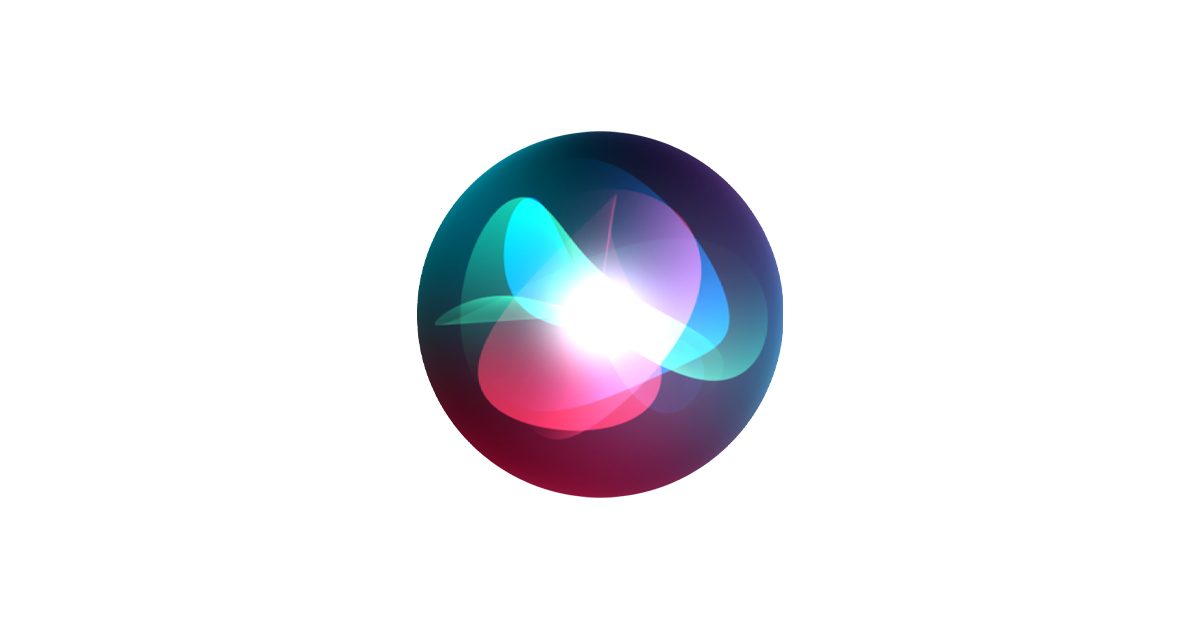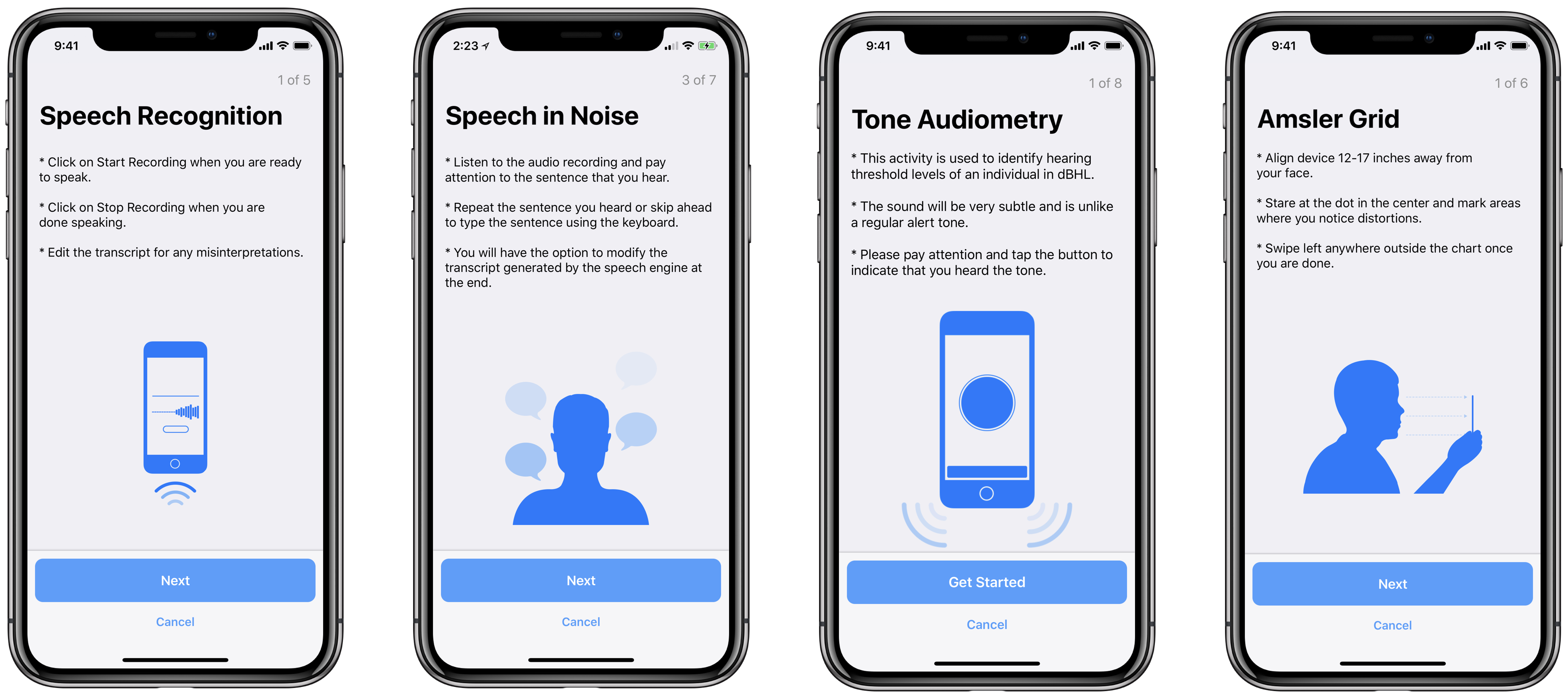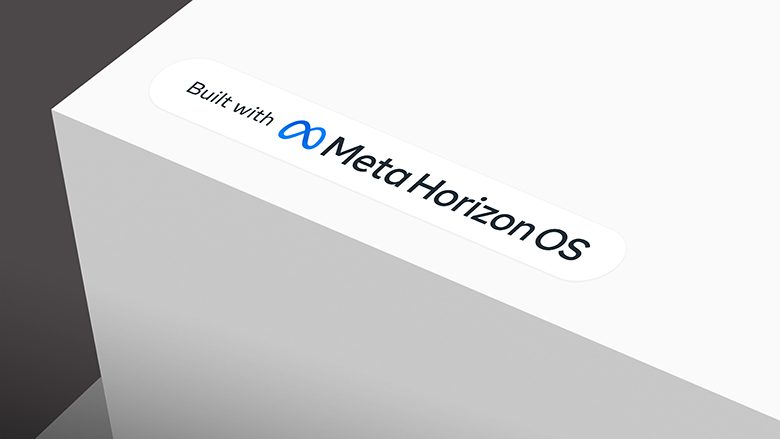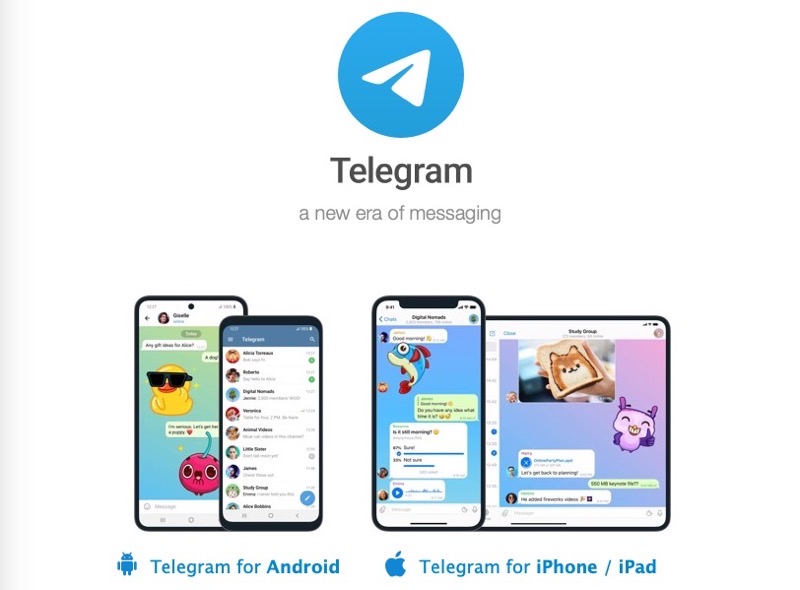
Apple’s Upgraded ResearchKit 2.0 Features Improved UI, PDF Viewer, and More
After announcing the release of ResearchKit 2.0 last week, Apple has finally shared a few details into what the latest version will offer in the upcoming iOS 12.

While Apple only briefly announced at WWDC last week that it’s updating ResearchKit, it iOS-based medical testing research software development framework, the Cupertino company didn’t divulge any specifics. Now, according to a new post on Apple’s official ResearchKit blog, the framework contains a number of significant improvements.
Right away the most obvious update is brand-new look for the ResearchKit forms, featuring large iOS 12-style boldface headers, while capsule sections on a grey background, and buttons that automatically detach to the bottom of any size screen.
ResearchKit now features a built-in PDF viewer that allows users to navigate, edit, and share PDF documents. Overall, the majority of these newly-introduced changes will allow for easier use of the application, particularly for older iOS users who are most likely to participate in ResearchKit studies.
Overall, it seems that if the majority of these changes are designed to improve general user experience and ease-of-use. Here’s a list of all the new features and tasks in ResearchKit 2.0:
- PDF Viewer: A step that enables users to quickly navigate, annotate, search and share PDF documents.
- Speech Recognition: A task that asks participants to describe an image or repeat a block of text and can then transcribe users’ speech into text and allow editing if necessary.
- Speech in Noise: A task that spans speech and hearing health and allows developers and researchers to assess results on participants’ speech reception thresholds by having participants listen to a recording that incorporates ambient background noise as well as a phrase, and then asking users to repeat phrases back.
- dBHL Tone Audiometry: A task that uses the Hughson Westlake method for determining the hearing threshold level of a user in the dB HL scale. To facilitate this task we have also open-sourced calibration data for AirPods.
- Environmental SPL Meter: A task that enables developers to record users’ current background noise levels during active tasks and set thresholds to ensure users are in the proper environment before completing other tasks.
- Amsler Grid: A task that will instruct participants to hold the phone at a certain distance from their face and then provide instructions to close one eye or the other. As participants progress through the instructions, a grid is displayed for users to view and mark any areas on the grid where they see any sort of distortion.

